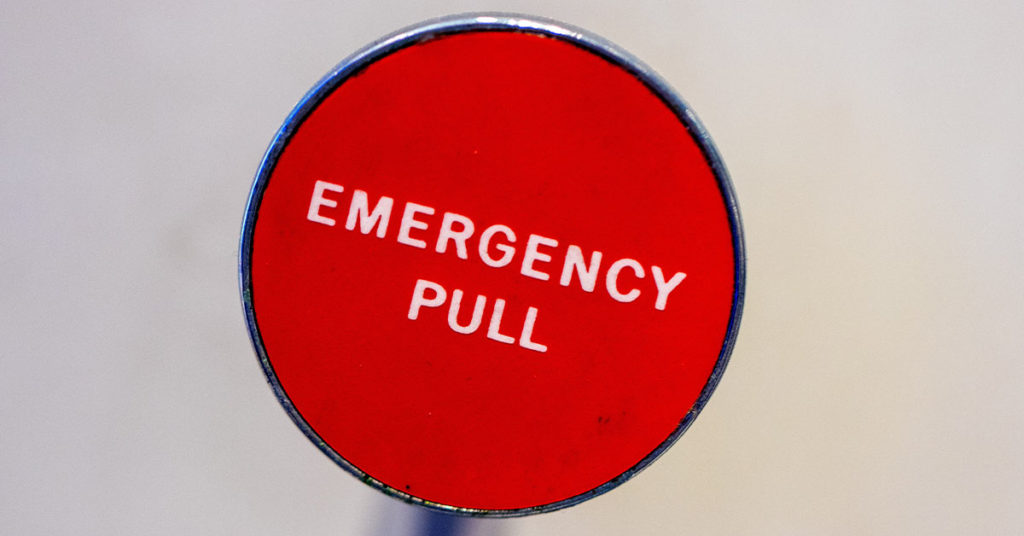
Emergency events continuously come into being today, and you likely have the need to pack your own specific emergency pack based on the size of your family.
And, that is the first place to start when planning the contents of your own emergency pack. You need to count everyone who will be in your car, including the number of family members and their ages, but also the number of pets, and any family members with special needs or disabilities. This could be infants, the elderly, and others.
Next, evaluate the types of emergencies that you will most likely be facing at the time this pack would be used.
Consider the current emergencies in the United States today: Coronavirus, wildfires, and hurricanes. Which of these would you most likely be facing? Starting from there you can determine the specific items to include in your pack and how much of each would be most valuable.
So, most emergency packs are intended to provide support in any situation where you find yourself stuck for about 72 hours. This could be on a long road trip for a short-term leave, or even a time when you are forced to leave your house knowing that you may not be able to return.
After determining all of these key points, you can start to fill your emergency pack with the essential items that can keep your family safe and healthy during what would otherwise be a chaotic and terrifying situation.
Knowing what has happened with COVID-19 over the past six months in the U.S., experts have prepared a list of items that are key to take with you when evacuating your home due to the virus:
● Cleaning supplies and disinfectants
● Frozen, dry, and canned food
● Water-1 gallon per person
● Refill of your regular prescription medications
● First aid kit (including a thermometer)
● Personal hygiene products like soap, hand sanitizer, feminine care products, laundry detergent (and don’t forget face masks!)
● Paper products like toilet paper and tissues
● Baby food and diapers
● Pet food and other pet supplies
● Cash in small bills and important documents (ID, passports, birth certificates, etc.)
Additionally, if you may be in another natural disaster or storm, it could be helpful to follow the regular emergency pack list on top of these COVID-based items:
● Map marked with at least two evacuation routes
● Medications list: include all prescriptions and other important medical information
● An extra set of keys
● Eyeglasses or contact lenses
● A change of clothes
● Flashlight, portable radio, and batteries
● Chargers for your cellphone and a portable cellphone battery pack







